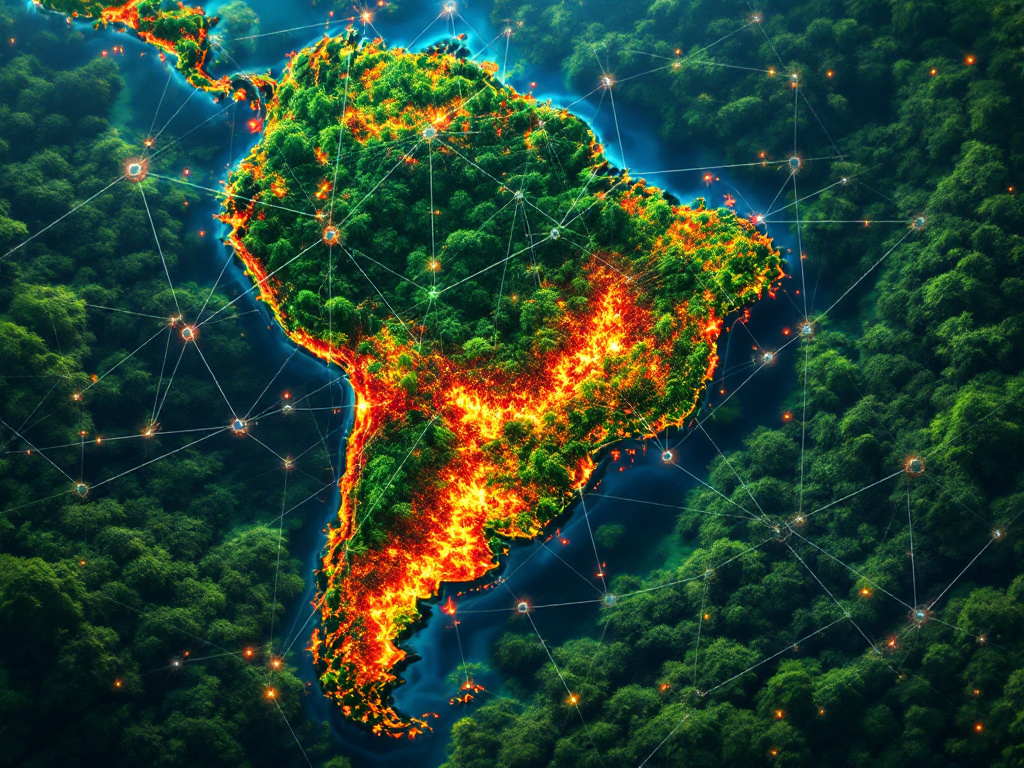
AI Model Revolutionizes Wildfire Detection Using Neural Networks
A groundbreaking study introduces an **artificial intelligence model** that mimics the human brain to improve **wildfire detection** in the Amazon rainforest. Published in the International Journal of Remote Sensing, the research demonstrates a **93% success rate** using a model called **Convolutional Neural Networks (CNN)**. This system combines satellite imaging with **deep learning techniques** to classify areas in the rainforest affected by fires. **Convolutional Neural Networks** are a type of AI modeled after the human brain, using interconnected nodes to process data. The Universidade Federal do Amazonas team employed satellite images from Landsat 8 and 9, which are equipped with near-infrared and shortwave infrared capabilities, essential for detecting changes in vegetation and surface temperature. The CNN was trained on 200 images of wildfires and 200 without, achieving impressive accuracy. The model's testing phase further bolstered confidence in its robustness; it accurately classified nearly all images it analyzed, showcasing its potential as a tool for **effective wildfire detection**. Beyond current capabilities, this AI model offers more detailed analyses in specific regions, providing a complementary approach to existing systems like the MODIS and VIIRS, which are already in use for large-scale monitoring. Future improvements recommend increasing the dataset size to create an even more robust model, potentially applicable to deforestation monitoring. This technology could revolutionize how we approach **environmental preservation**, providing authorities with a cutting-edge tool to combat and manage wildfires more efficiently.